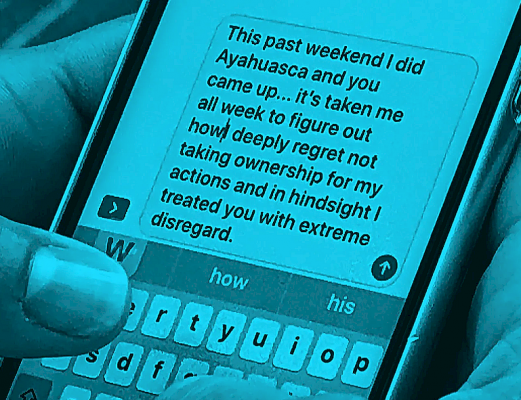The use of 'pressure spreaders' like the cups above do work.
As someone who lives in rented accomodation, I like to minimise any damage or impact on the home. Thus, I use 'cups' such as above, to reduce the surface pressure from armchair feet, rollers etc. My library shelving is enough that I place wooden panels under the feet of my shelves.
It works thus - it spreads the weight imposed on the surface. Yes - the 'cups' still leave impressions on the carpet fibre, or even on the padded lino that we have, but when the weight is taken off, the material can 'recover' better.
Strangely enough, the best way I've heard this surface pressure effect explained is from a You Tube tank commander (The Chieftain) who explained why tanks can go places a car can't. As he describes, he gave a lift to some infantry on his M1 Abrahams in Iraq. He told them the surface was soft ... but when they jumped off, they sank knee-deep in sand.

Bottom line - it's a matter of spreading mass on a surface.





 . I've been stung by bees several times and stung by a wasp on the ball of my foot when I stepped on it. The wasp sting is way more painful than bee and my toe throbbed and the ball of my foot was hard with slight swelling. It felt like I was walking on a big rock.
. I've been stung by bees several times and stung by a wasp on the ball of my foot when I stepped on it. The wasp sting is way more painful than bee and my toe throbbed and the ball of my foot was hard with slight swelling. It felt like I was walking on a big rock.